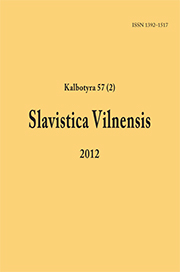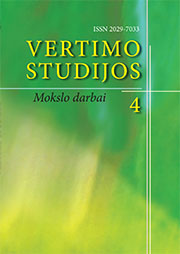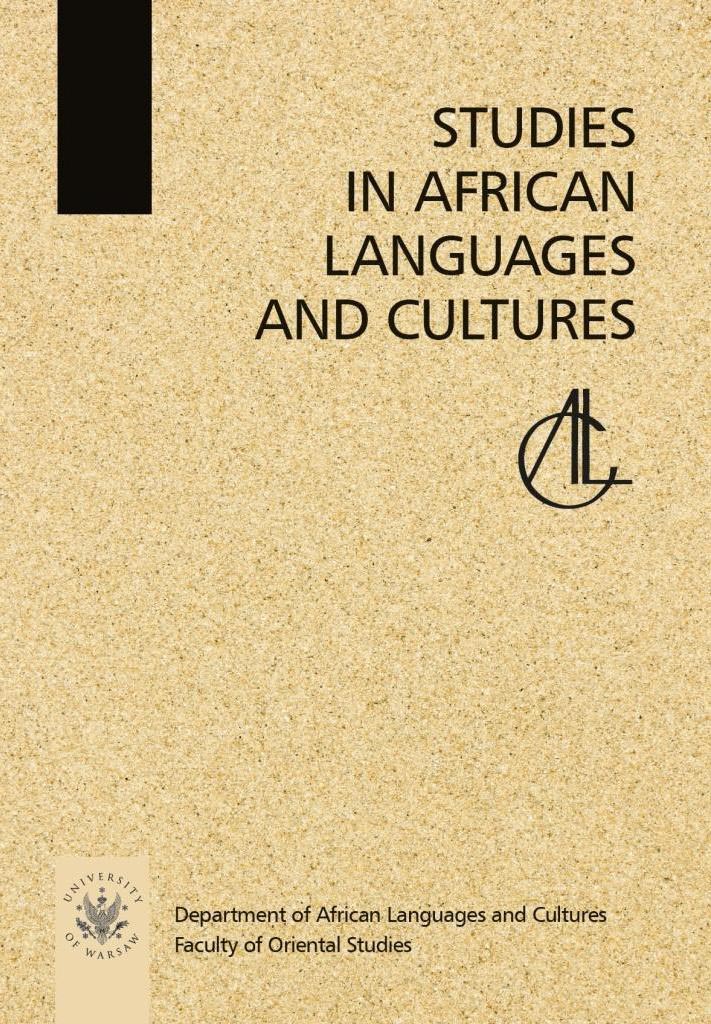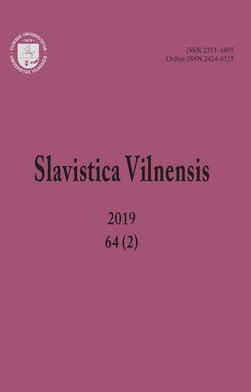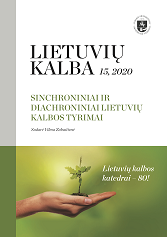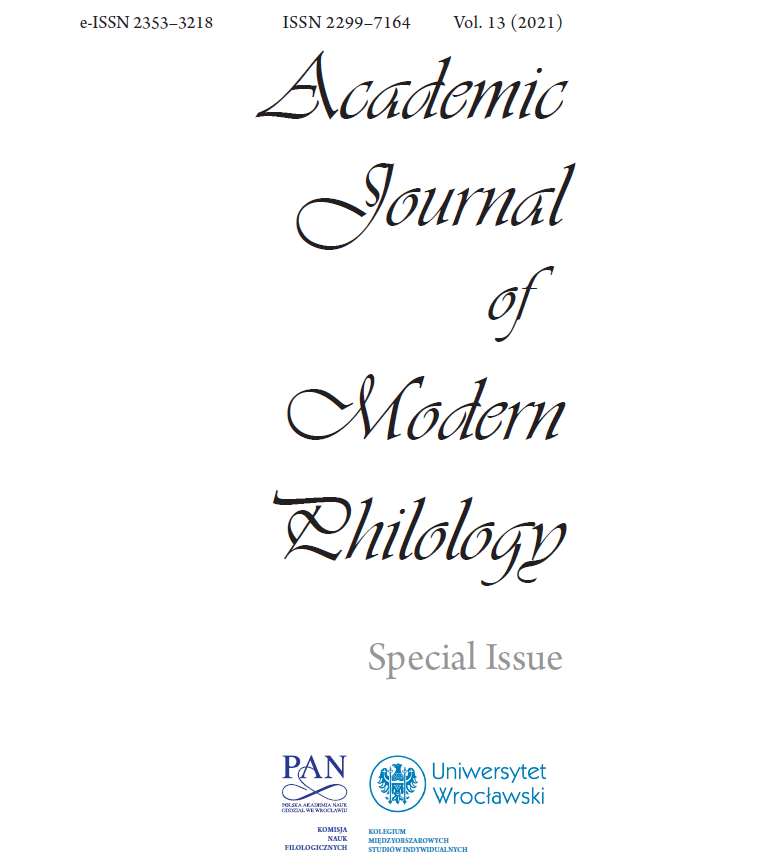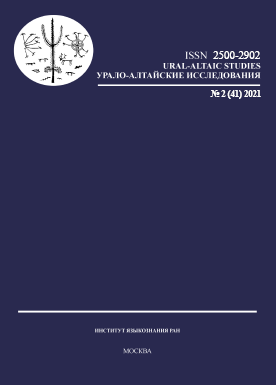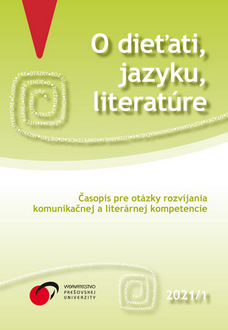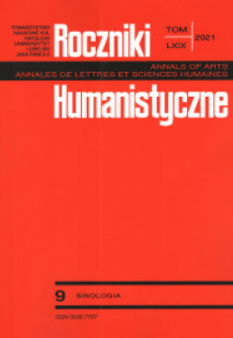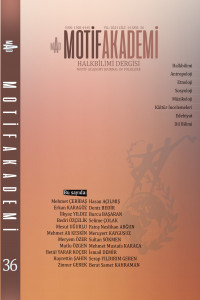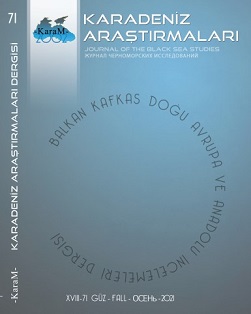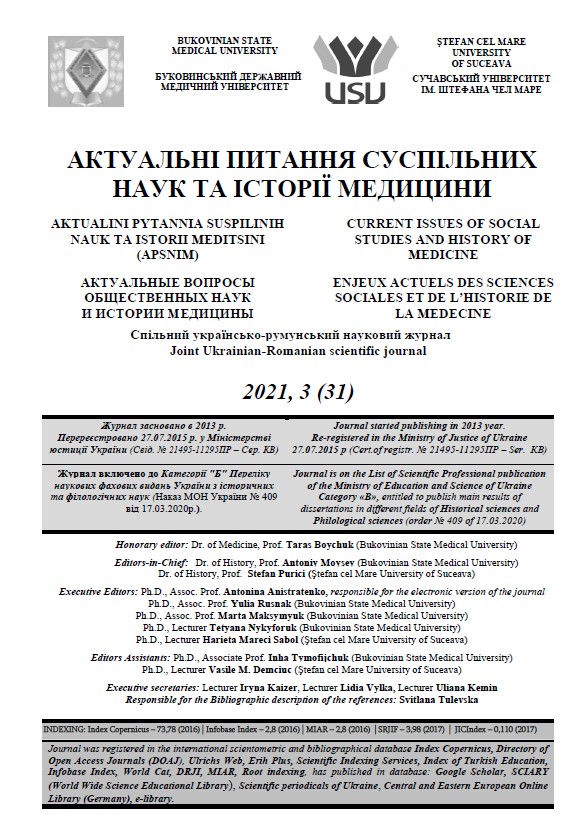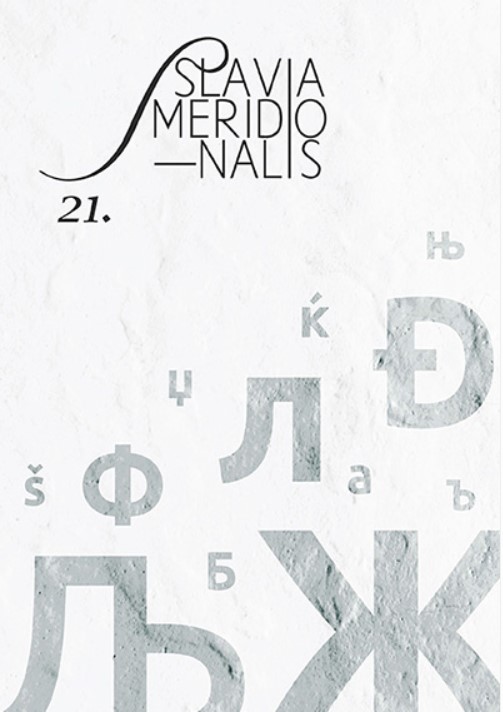Author(s): Svitlana Sokolova / Language(s): Ukrainian
Issue: 21/2021
Surzhyk is a mixed type of speech that is typical within modern Ukraine, where we can observe the coexistence of two major language codes, namely Ukrainian and Russian. These are represented by both literary variants and numerous subcodes, primarily Ukrainian dialects (including transitional dialects, with features related to Russian and Belarusian dialectal areas) and Russian colloquial speech with elements of slang. Some language scholars rank Surzhyk as a separate language subcode – as a peculiar type of pidgin – and try to study its structure (lexical composition, grammatical structure) and areal distribution of elements accordingly. At present, in addition to “classical” Surzhyk, a new type of mixed speech has also arisen on the Russian phonetic-grammatical basis with the involvement of a large number of Ukrainian lexemes (original or borrowed by the Ukrainian language), mainly terms, taken from different fields. This new type of mixed speech is Russian-Ukrainian Surzhyk. The report analyzes several samples of mixed speech. On the basis of this analysis, criteria for the qualification of a text are proposed either as an example of Surzhyk, or simply as speech with signs of interference. Such criteria include lingual (Ukrainian or Russian phonetic basis, levels of interference, number of foreign language implementations, variations within the text), social (language is higher in status at the moment of the occurrence of the phenomenon; the scope of the functioning of the idiom itself), territorial (depending on the speaker’s place of inhabitance – urban or rural) and personal (native/first language of the speaker, level of education, knowledge of the literary language). It was concluded that the new mixed speech differs from Surzhyk in terms of the number of used units of another language, linguistic levels of manifestation, scope of distribution, conditions of occurrence and personal characteristics of speakers, among which the level of education and possession of standard subcodes are of leading importance. It is a transitional phenomenon in the process of the formation of Ukrainian as a state language.
More...
